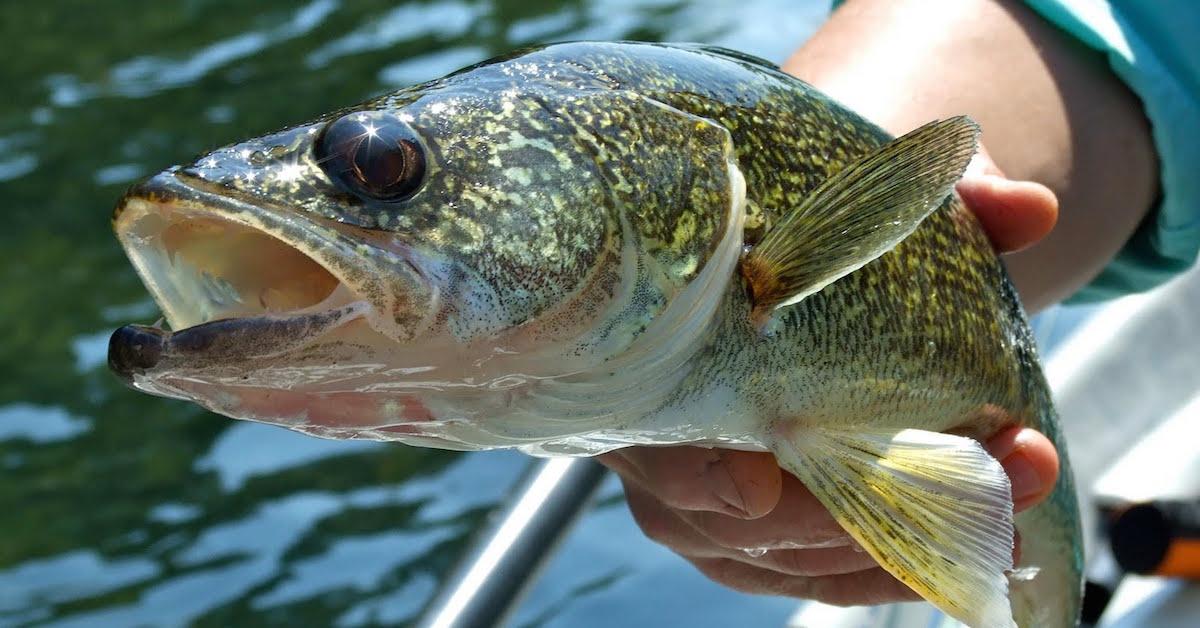Walleye Trolling Secrets: 3 Things You Need To Know Now
Trolling is by far one of the most effective ways to target walleyes throughout much of their range. By pulling baits behind the boat, anglers can more effectively cover the vast expanses of open water that walleyes utilize in the warm water months of the year. Considering how effective it is though, trolling (where legal) is actually an underutilized technique, mostly because there is a bit of a learning curve which makes many novice anglers uncomfortable. Here are three tips to help you have more success trolling for walleyes.
1. Know where your bait is
Regardless of whether you’re trolling cranks on lead core or dragging nightcrawler harnesses, the biggest key to success is knowing conceptually where (how deep) your baits are in relation to the bottom or the fish (if they’re suspended). The good news is that there has been a lot of research done on this, and there are many resources out there to tell you exactly how deep you’re bait is running. Precision Trolling (link) sells an app that contains detailed depth charts for hundreds of different hard baits.With harnesses, the biggest key is to add enough weight so that the line is leaving the rod or planer board at a 45 degree angle to the water, relative to the speed you’re traveling. So, if the line is less than 45 degrees, add a little weight to your bouncer or snap weight. If it’s more vertical, remove some weight.
2. Changing speeds is key
All too often, anglers will get set up in a good area, have a good spread of baits out, not catch any fish and wonder why. Changing baits comes easy, but unfortunately many anglers don’t think to experiment equally with lure speeds. Typical crankbait trolling speeds are 1.5 – 3 mph, and there are times when it makes a big difference. If you are marking bait and fish but not hooking up, don’t be afraid to speed up or slow down. Making “S” turns is also a good way to test several speeds at once. When you head into a turn, the outside lines will speed up and the inside lines will slow down. For example, if you’re consistently getting fish on the outside bends of turns, it may be a good idea to speed up.
3. Don’t be afraid to go shallow
People think walleye are creatures of the deep, and that to be successful catching them trolling you need to be near the bottom in the deeper portions of the lake. That couldn’t be farther from the truth. Sure, there may be some walleyes deep, but the vast majority of the walleyes (and particularly the bigger ones) will be where the food is. In most lakes, the shallows contain the highest abundance of baitfish. Shallow flats adjacent to creek channels, weed edges, and bars and reefs are all dynamite shallow water structure to target while trolling.
Updated September 28th, 2020 at 9:56 AM CT


